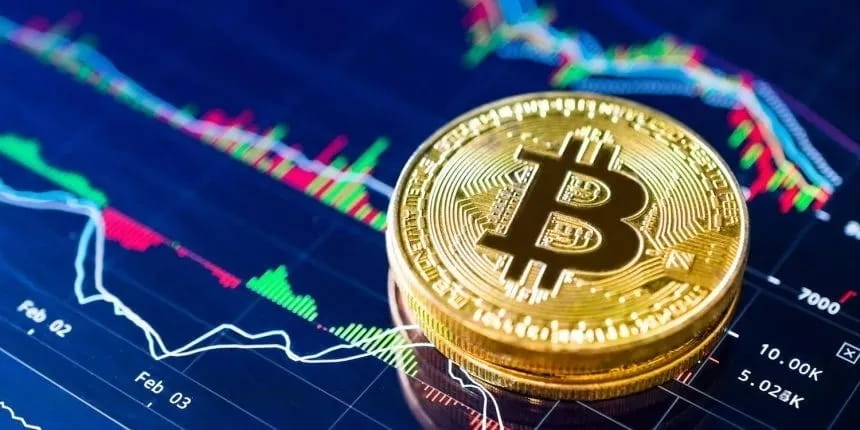There is a high probability of another interest rate cut in the second half of the year, it shouldn't be too bad.
The current market mechanism is like a 'tightly drawn bowstring' causing a series of structural distortions.
Internal contradictions in the United States: fiscal expansion but monetary tightening. This combination of 'policy mismatch' is not common; on one side, the Treasury is spending money to boost the economy, and the debt snowball is getting bigger, while on the other side, the Federal Reserve is suppressing inflation, leading to huge interest expenses from high rates. This is the core reason for Trump's extreme criticism of the Federal Reserve.
This situation of fiscal expansion coupled with monetary tightening is often difficult to maintain in the long term. When debt financing becomes difficult and financial markets are under pressure, the central bank may be forced to stop raising interest rates or even shift to rate cuts or debt monetization. Trump's desire to oust Powell is precisely to do this.
Current market situation:
1. Tightening monetary policy limits overall market credit expansion (funds become expensive); however, fiscal policy continues to inject funds (such as infrastructure, subsidies, and government bond payments), releasing a large amount of 'liquidity' into specific chains or assets. This leads to a concentration of funds in 'policy-benefiting targets.'
2. Investors engage in 'risk-averse crowded trades.' In the context of high interest rates and high risks, investors will flock to assets with higher certainty, stronger liquidity, and those benefiting from policies, such as leading tech stocks, U.S. Treasuries (short-term), leading commodities, and Bitcoin as 'new safe-haven' assets. This leads to some asset valuations deviating from fundamentals, creating a liquidity 'black hole' effect.
3. The private sector is 'marginalized', small and medium-sized enterprises and non-mainstream assets are losing blood, and corporate loans are restricted; the activity of venture capital is reduced; non-mainstream markets (such as high-yield bonds and emerging markets) continue to be drained.
If there is a sudden significant interest rate cut, will it lead to the 'collapse' of this state?
Based on past experience, there will be several evolutionary steps:
1. In the initial phase of rate cuts, liquidity may 'overflow', potentially pushing up asset prices. The market will anticipate that 'the turning point is coming', initially increasing positions in inherently concentrated assets (such as leading tech stocks, gold, and Bitcoin); the FOMO effect may intensify, causing prices to become more extreme in the short term.
2. Continuous or excessive rate cuts trigger a wave of 'asset repricing' and 'fund reallocation'; this is when the potential collapse moment occurs:
-A. The expectation of existing concentrated asset 'bubbles' triggers capital outflows, and assets that were previously overvalued (such as certain leading tech stocks and bonds) may experience significant declines due to repricing;
-B. Capital redistribution leads to short-term surges/high volatility in non-mainstream assets. When liquidity is 'flooding', funds begin to search for marginal targets, and assets that were previously forgotten rise rapidly. However, due to insufficient underlying fundamental support, volatility is immense, forming a new source of systemic risk.
C. An unstable credit system, a potential trigger point for a financial crisis, and high-leverage funds re-entering the market; if supervision fails or the risks of financial intermediaries (banks, non-banks) are not addressed, it can easily trigger liquidity cascades;
If there is another violent rate cut while fiscal policy has not yet tightened, it may recreate the cycle of 2022, but more severely. However, from September to December, there should still be speculation on the rate cut trend, which is likely not to be too bad. So friends, you can relax!

